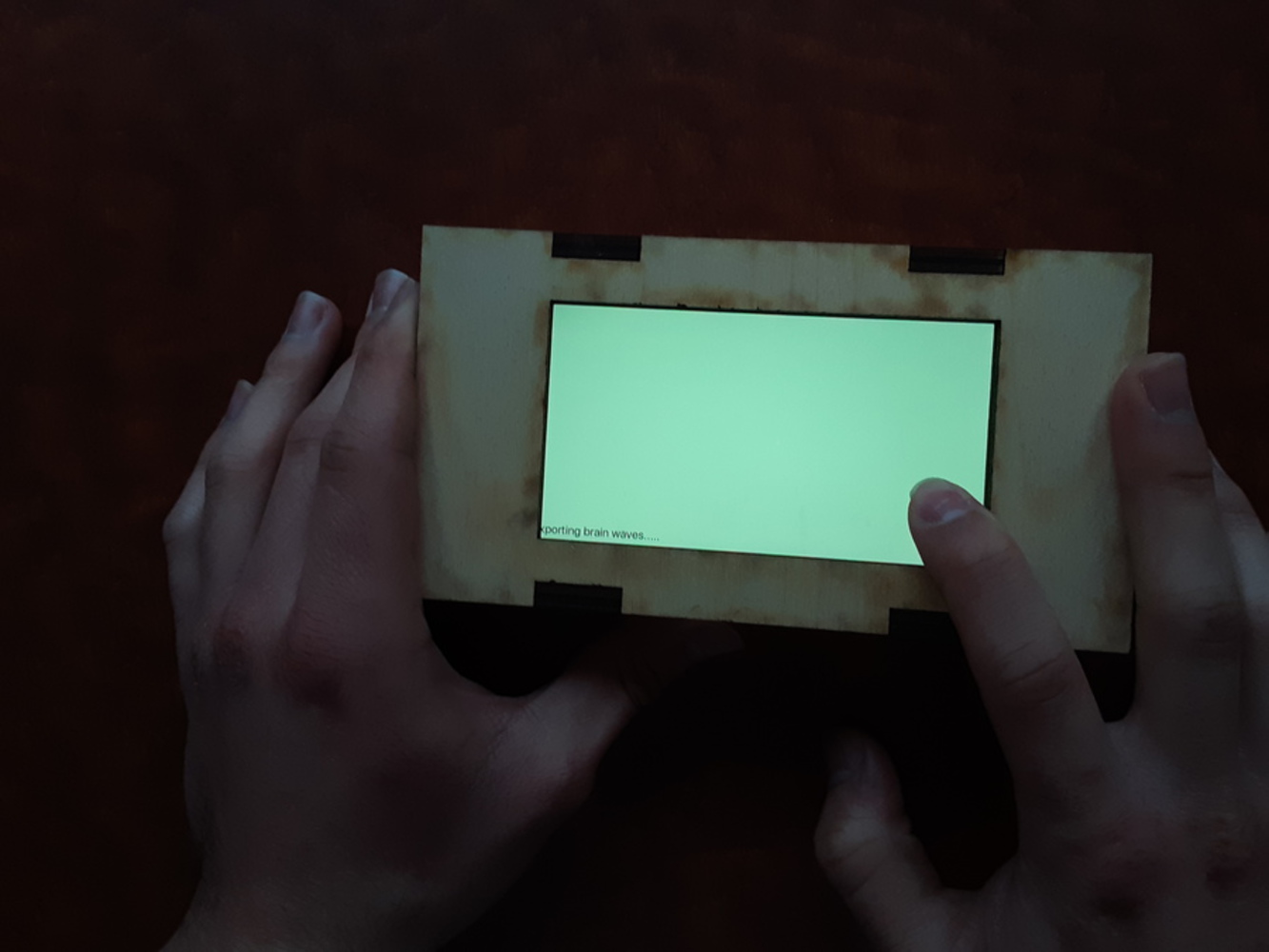Proposal
How might memory become augmented in the future?
What if we could externalize our own thoughts automatically? How many times
would we prevent thinking up a great idea in the moment, only to forget exactly
what it was later? A device implanted into the brain could read thoughts, and
externalize them to a personal device, server, or anything else. This project
is meant to be provocative in that it will explore what privacy concerns may
arise when our in-the-moment thoughts are externalized via simulation. Will the
benefits outweigh the concerns? We must ask ourselves if we could truly accept
this kind of technology in society before it’s too late. To simulate the effect of “thought-reading”, I propose to create the ThoughtBox. This device will be a simple box with a display on it; when physically interacted with by a user it will generate a chain of related thoughts and display them for all to see.

